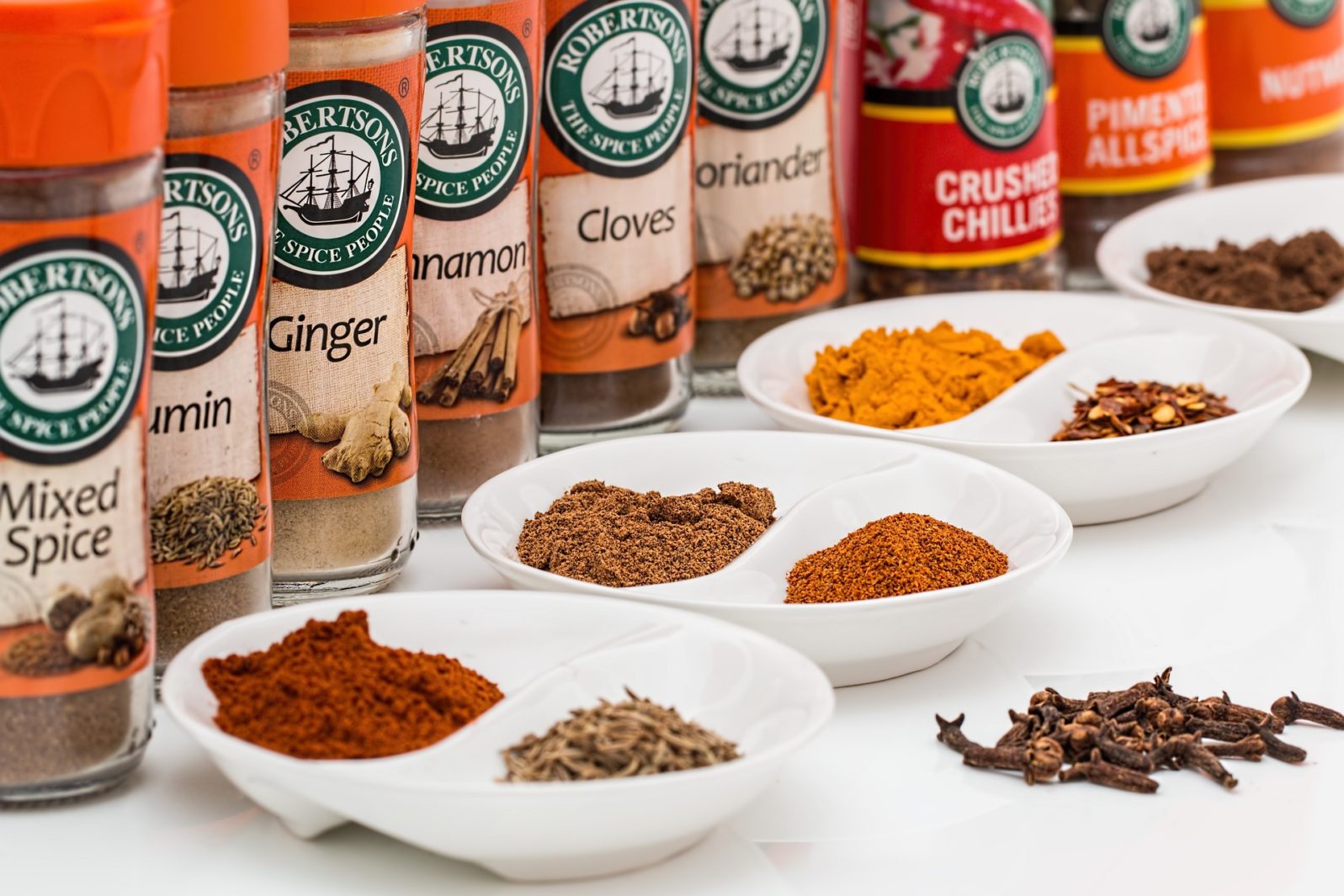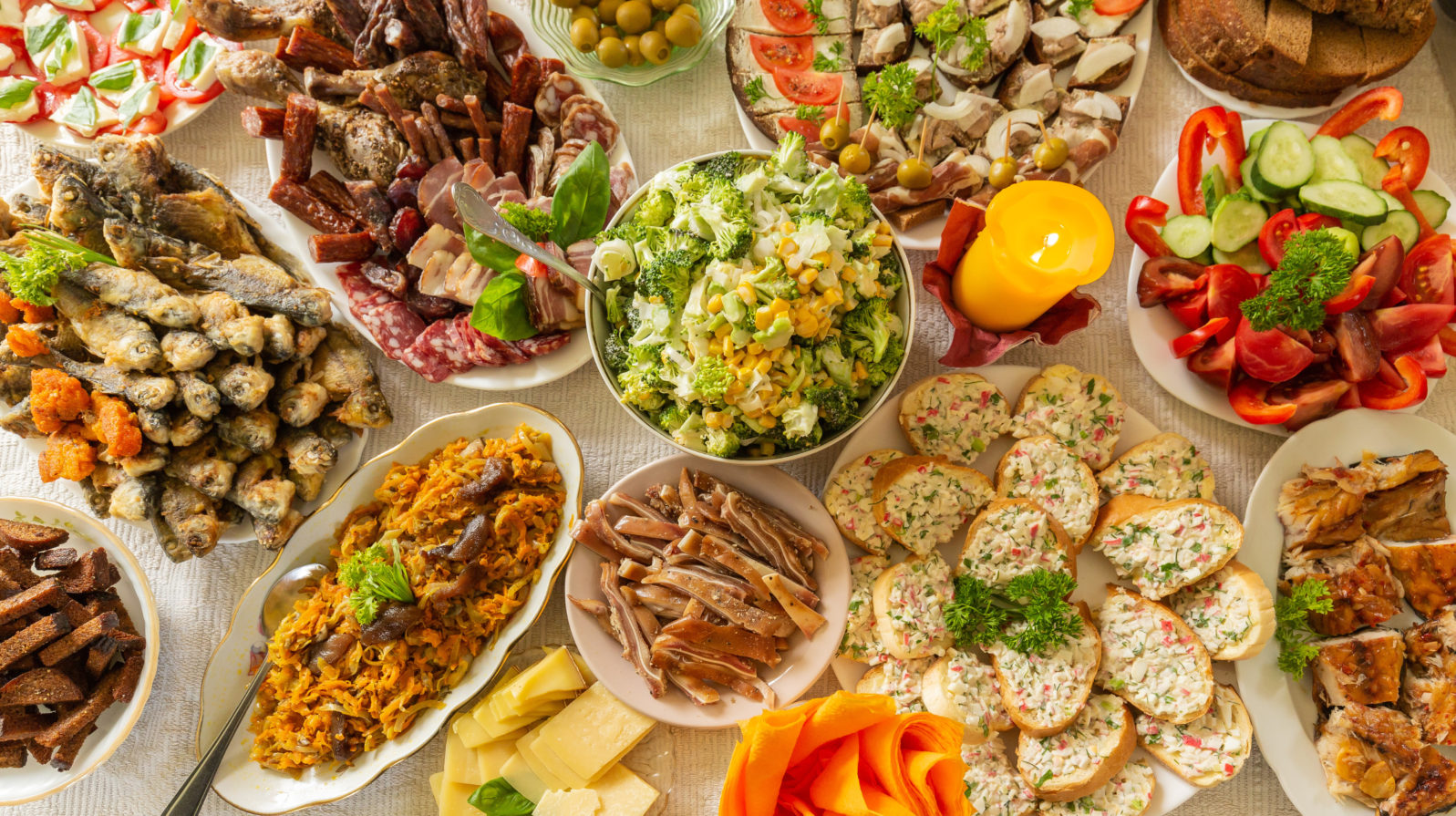Designed to Dine, Part 2: How, Exactly, We Compute Flavor
Once a universally enjoyed but scientifically ignored phenomenon, flavor bursts out as an extraordinary event of a biological computerSince Part 1 of this article was served up, have you experienced food and drink with greater awareness of flavor? Part 1 laid out the elements of flavor, including the smell, taste, texture, and mouth feel of foods and drinks. Smell delivers 80% of what we experience as flavor, coming from the thousands of sensory nerves in our noses detecting individual molecules. From the tongue comes taste sensations of sweet, salty, sour, bitter, and umami (savory). Flavor is like a dynamic 3-D hologram, a multi-dimensional composition of sensory inputs fluctuating in real-time, all delivered as data to the brain for final processing. Flavor makes eating fun!
The Computation of Yummy
The complicated and integrated systems of smell, taste, and other senses combine to deliver the experience of flavor. Researchers say the heavy involvement of the cognitive brain functions in human taste and smell suggests we experience flavor more exquisitely than other animals. It appears humans are designed to enjoy eating and drinking.

So how is flavor discovered by the brain? From the theory and practice of computer science, we know of no other way to perform a finite step-by-step process than by following an algorithm, a tightly-defined series of logic operations. Processing sensory data must be just such a computation.
Once a universally enjoyed but scientifically ignored phenomenon, flavor bursts out as an extraordinary event of a biological computer. Before you take that first lick of an ice cream cone or sip of gourmet coffee, an array of elements must be chemically assembled, electrically wired, and already working in your body, including:
- Smell receptor cells to receive initial chemical identification information;
- Nerve connections to glomeruli to detect and refine the signals to assemble an image;
- An olfactory cortex prepared to initially process the smell image;
- A tongue ready to ensure chewing and swallowing while liberating more chemicals for taste and smell;
- Taste cells in your tongue and mouth ready to detect raw chemical data;
- Nerve connections in place to convey information from your taste cells to your spinal cord and other brain centers; and
- Pre-positioned wiring and connections among your brain centers.
In pre-science eras, it was just assumed: If you have a nose, then you can smell. If you have a tongue, then you can taste. If one of these senses isn’t working, then it’s broken. Today we know that computing hardware does not work without software, so similarly your nose and the tongue do not work without some software to make sense of the incoming sensory data. Smell and taste involve receiving and interpreting chemical data, so information processing is required.
For taste, smell, vision or any sense to work, you need to have devices detecting and receiving input from the outside world. That input produces an electrical signal, i.e., a voltage and a frequency from a nerve cell. The signals coming from your nerves must next be processed to trim away the effects of noise (stray or unwanted signals), leaving the important sensory signal clearer. The clear signals can be interpreted to have significance when they are recognized. For example, a light signal is recognized as “red,” a taste signal is recognized as “sour.” To move from recognizing signals to perceiving significance, the pattern of the signals needs to be recognized.
Signal and image processing appear as:
| Source Data | Sensor Hardware | Data Processor | Data / Pattern Classifier |
Decades of work by thousands of researchers and developers was needed to devise signal detecting and processing hardware and pattern recognition software programs. One now-common example is optical character recognition (OCR). Personal computers today have OCR software to convert printed documents from images into computer-readable letters and numerals.
That was just one technological problem that occupied some of the best computer minds and machines for many years. The processing and technology leading to your enjoying flavor experience dwarfs the challenge of developing OCR for at least one reason: Flavor is at least three dimensional and moves in real time.

Research confirms what we already knew: We eat more when there are several different smells, tastes, and textures. The brain’s attention is drawn to things that are new and changing. These factors make large Thanksgiving spreads, holiday fiestas, smorgasbords and buffets so popular.
To experience food flavors, you must have:
(1) smell and taste cells to detect certain chemicals, with each type of cell capable of responding to only certain chemicals.
(2) chemical detectors that send electrical signals based upon what is detected and how strong it is.
(3) signals that go to a signal processor to clarify the desired signal and reject the noise.
(4) clarified signals that then go to computing elements that recognize patterns. For flavor, the pattern derives primarily from smell and taste, but also includes mouth-feel and input from your eyes and ears (snap, crackle, pop).
(5) the pattern recognition that occurs in real-time and is adjusted as the sensory signals continuously change during smelling, chewing and swallowing, and more.
Four Hallmarks of Design
Our familiarity with hardware, software, and data processing algorithms leads us to realize that the flavor system could not be the result of a non-intelligent, random or unguided force – a Thoughtless Thing. The flavor system includes:
- Specialized hardware elements in place and precisely connected for a functional purpose;
- Knowledge of smells and tastes of the past with expectations of sensing the same in the future;
- Codes that map external data to internal symbolic representations that can be stored and manipulated;
- If-Then processes, which distill useful information from noise and trigger behavioral responses based upon the input data.
The technology enabling you to experience flavor is astounding! It required a designer. How do we know? Two main reasons: (1) your signal processing and pattern recognition functions require software, i.e., symbolically coded instructions that execute to produce an intelligible result; and (2) your hardware and software must have been created and coordinated before any flavor could be recognized. In summary, we observe:
• To perform signal detection, the cells must have been put into place with the expectation of some food item to be sensed.
• To process the signals, there must be a previously known definition of what a “clear” (not noisy or distorted) signal is.
• To perform pattern recognition, the software must have pre-existing criteria for detecting any given smell, taste, or combination.

Notice the common elements. Flavor sensing requires a system that knows what to look for before the items come along to sense. Knowing in advance and preparing — those are features of intelligence. Undirected, random, Thoughtless Things don’t know anything conceptually and don’t prepare for even one microsecond into the future. And to implement the processing and recognition software requires sophistication and precision. Look at any college textbook about pattern recognition; the concepts involved are subtle and the math is challenging.
Enjoy your next festive meal or Sunday brunch. Taste the turkey with gravy, savor the chocolate morsel, crunch down on buttered toast, swish and swallow the coffee. Going forward, you can marvel at how much hardware sensing, data coding, and information processing occurs in real time as you enjoy any drink, snack, meal or feast. And realizing that all those functions depend upon specialized hardware using software that processes encoded data, you’ll be relishing yet another daily example of biological intelligent design.
Note: Other Factors That Affect Flavor Experience
| hungry vs. full | angry or sad |
| cravings | repulsions |
| eagerness for novelty | suspicions about new food |
REFERENCES
David Berlinski, The Advent of the Algorithm (New York: Harcourt, 2000).
Gordon M. Shepherd, Neurogastronomy: How the brain creates flavor and why it matters (New York: Columbia University Press, 2013) (primary resource with references cited).
Richard W. Stevens, “Biological Software: Darwin Can’t Connect Your iPod to a Printer,” Salvo Magazine (Issue 19, Winter 2011), 46-48.
Richard J. Stevenson, “An Initial Evaluation of the Functions of Human Olfaction,” Chem. Senses (2010), 3-20 (doi: 10.1093/chemse/bjp083).
Richard Szeliski, Computer Vision: Algorithms and Applications (New York: Springer, 2011) (prepublication full text draft online at https://www.academia.edu/48942532/Computer_Vision_Richard_Szeliski)
